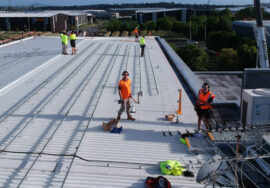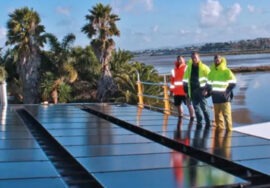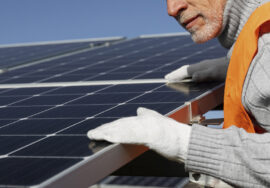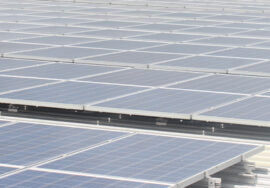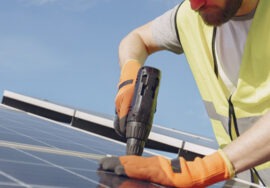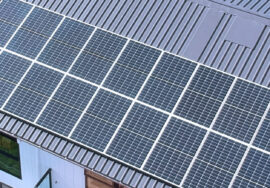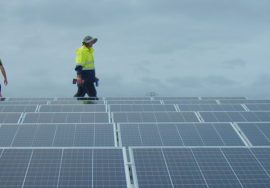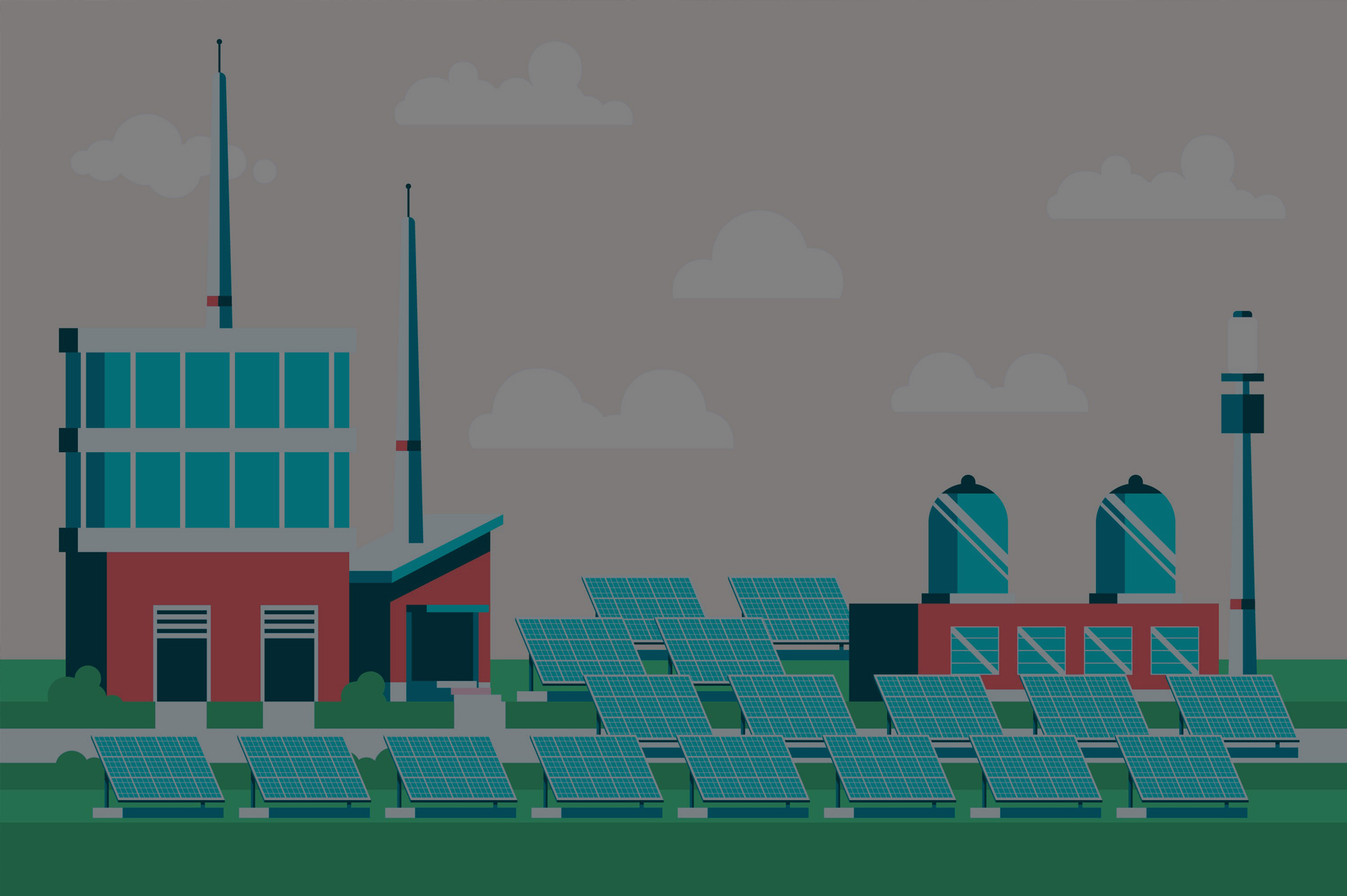
These 3 innovative solar farms show why this renewable technology is hot right now
#solarfarms #solarpanels #Trilectsolar #solarworld #solararticles
Sources: weforum.org
- Solar power generation grew 22% in 2019 and is now the cheapest source of electricity in history, according to the International Energy Agency.
- As adoption gathers pace, innovative projects are coming to the fore.
- A reservoir in the Swiss Alps is home to the world’s highest floating solar farm.
In Canada, a solar farm is being built in a remote community above the Arctic Circle. - And canals in India are being turned into solar farms to save land for living and farming.
Solar power is now the cheapest source of electricity in history, according to the International Energy Agency (IEA), while solar power generation grew 22% in 2019, making it the second-fastest growing renewable technology, behind wind power.
As adoption gathers pace, here are three projects pushing the boundaries of solar energy capabilities.
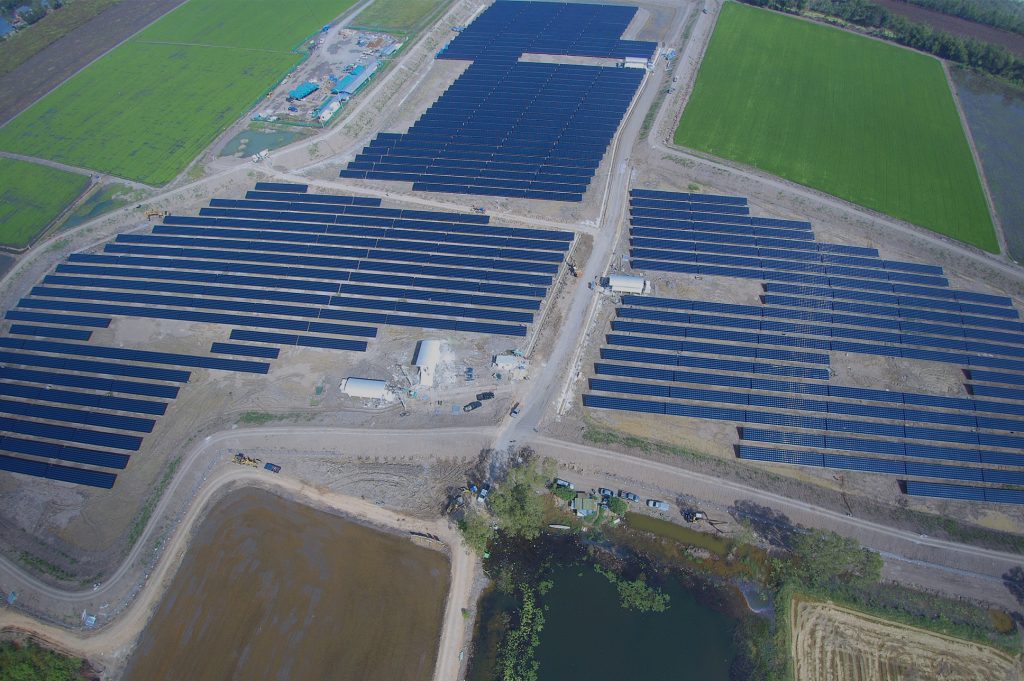
The floating solar farm
A cold mountain sounds like an unlikely hotspot for solar energy.
But think of all that white snow and ice – and the sunlight bouncing off it. This reflective ability of light surfaces is called the ‘albedo effect’ – and is why a solar farm in the Swiss Alps is able to produce as much solar radiation as in the desert.
On Switzerland’s border with Italy, more than 1,800 metres above sea level, Lac des Toules reservoir is home to the world’s highest floating solar farm.
It can produce 50% more power than lower-altitude plants because of stronger solar radiation, according to Romande Energie, the Swiss power company behind the project.
The pilot project produces 800,000 kilowatt hours of energy a year, enough to power more than 220 homes.
In 2022, the plan is to expand the farm’s panel capacity to generate 22 million kilowatt hours – equivalent to the average consumption of 6,100 households.
The remote solar farm
Eighty miles north of the Arctic Circle, another pioneering solar farm project is being developed in the mountainous Yukon territory of northwest Canada.
Old Crow, a remote community of around 300 people that can only be reached by air, hopes its new solar installation will avoid having to burn 200,000 litres of diesel fuel a year to provide electricity.
More than 2,000 solar panels have been installed alongside the community’s airstrip to “maximize long daylight hours and the trajectory of the Arctic summer sun,” explains the Arctic Council, which promotes cooperation in the Arctic. Even in minimal daylight, “faint sunlight reflects in the snow and generates electricity,” it says.
Once fully operational, the expectation is that the solar farm will cut greenhouse gas emissions by 680 tonnes of CO2 a year – equivalent to taking 140 cars off the road.
The canal-top solar farm
On the other side of the world, India has abundant sunshine – but finding land to build solar farms here is expensive and challenging.
It is one of the world’s most densely populated countries, and land is needed for living and farming.
Canals in India are providing a clever solution. Solar panels are being mounted on top of irrigation canals to bring electricity to rural areas. They have the added bonus of reducing evaporation from the canals, which carry water to farmlands.
India has around 120 major canal systems. The Gujarat state of India alone has more than 80,000km of irrigation canals. If 30% of this was converted to solar, it would save an estimated 36,400 hectares of land and generate 18,000 megawatts of power, according to Gujarat State Electricity Corporation Limited.
The state launched the first large-scale canal-top solar power plant in 2015. Canal solar projects have since been commissioned in another eight Indian states.
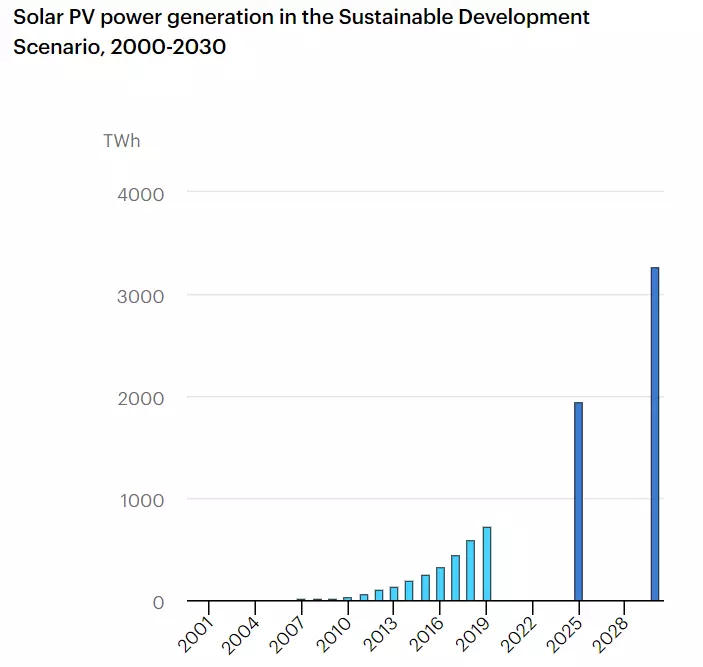
Sustainable solar
According to the IEA, major markets like the US, China and the EU will help solar power add around 125GW of capacity per year from now until 2025.
And as competitiveness ramps up, solar is on track to reach the levels outlined in the IEA’s Sustainable Development Scenario, which requires average annual growth of 15% until 2030.
Scaling up climate action is a key theme of the World Economic Forum’s Sustainable Development Impact Summit 2021.
The four-day event, from 20-23 September, brought together leaders across sectors to accelerate progress towards the United Nations’ 17 Sustainable Development Goals.
Keywords: solar farms, solar panels, Trilect Solar
ABOUT TRILECT SOLAR
Trilect Solar is a division of Trilect Services, New Zealand’s master electrician since 1997.
We are members of the Sustainable Energy Association of New Zealand (SEANZ) which offers additional peace of mind to our customers.
Trilect Electrical Services is a large electrical service company which is a member of the Master Electricians & Mastercraft network with 40 employees and a 20+ years history of customer satisfaction.
We do not use sub-contractors. All of the installations will be carried out by our experienced team.
Trilect Solar offers a customised energy plan that works for your home/ business.
Get started now by booking a free on-site consultation.
Request Your On-site Consultation
Or call us on 0800 850 888

